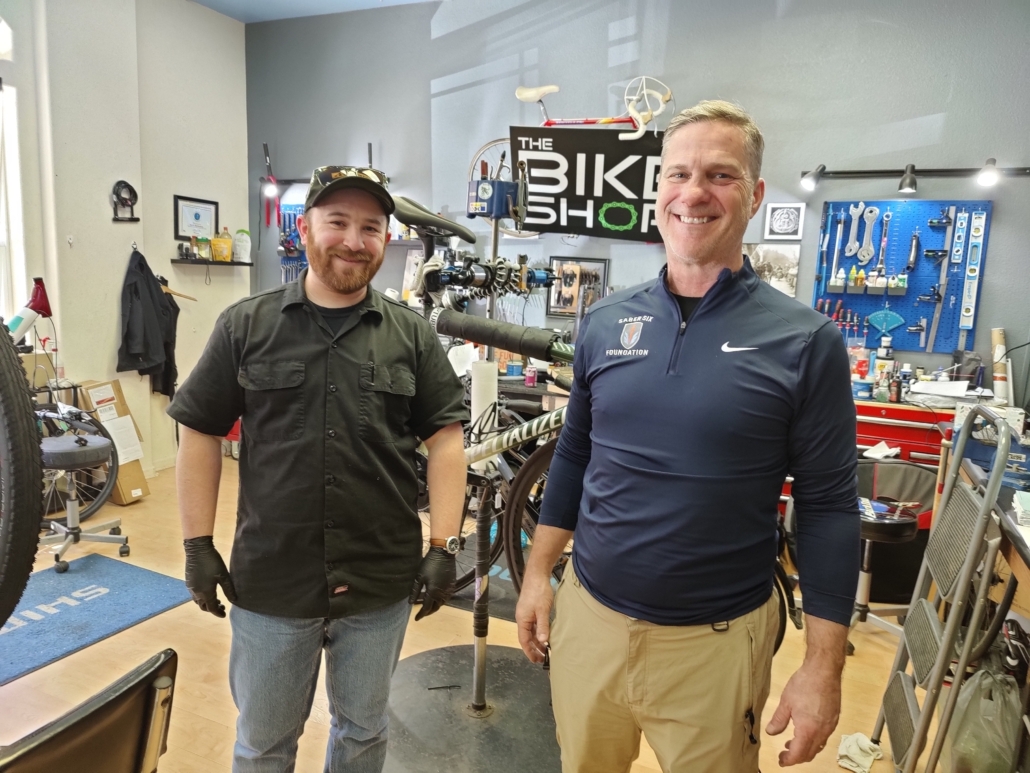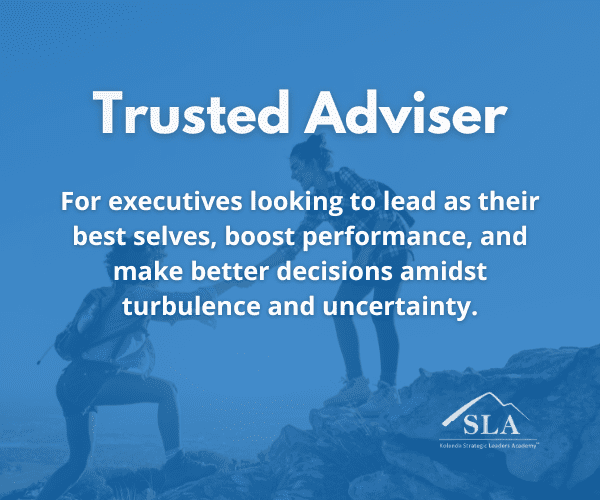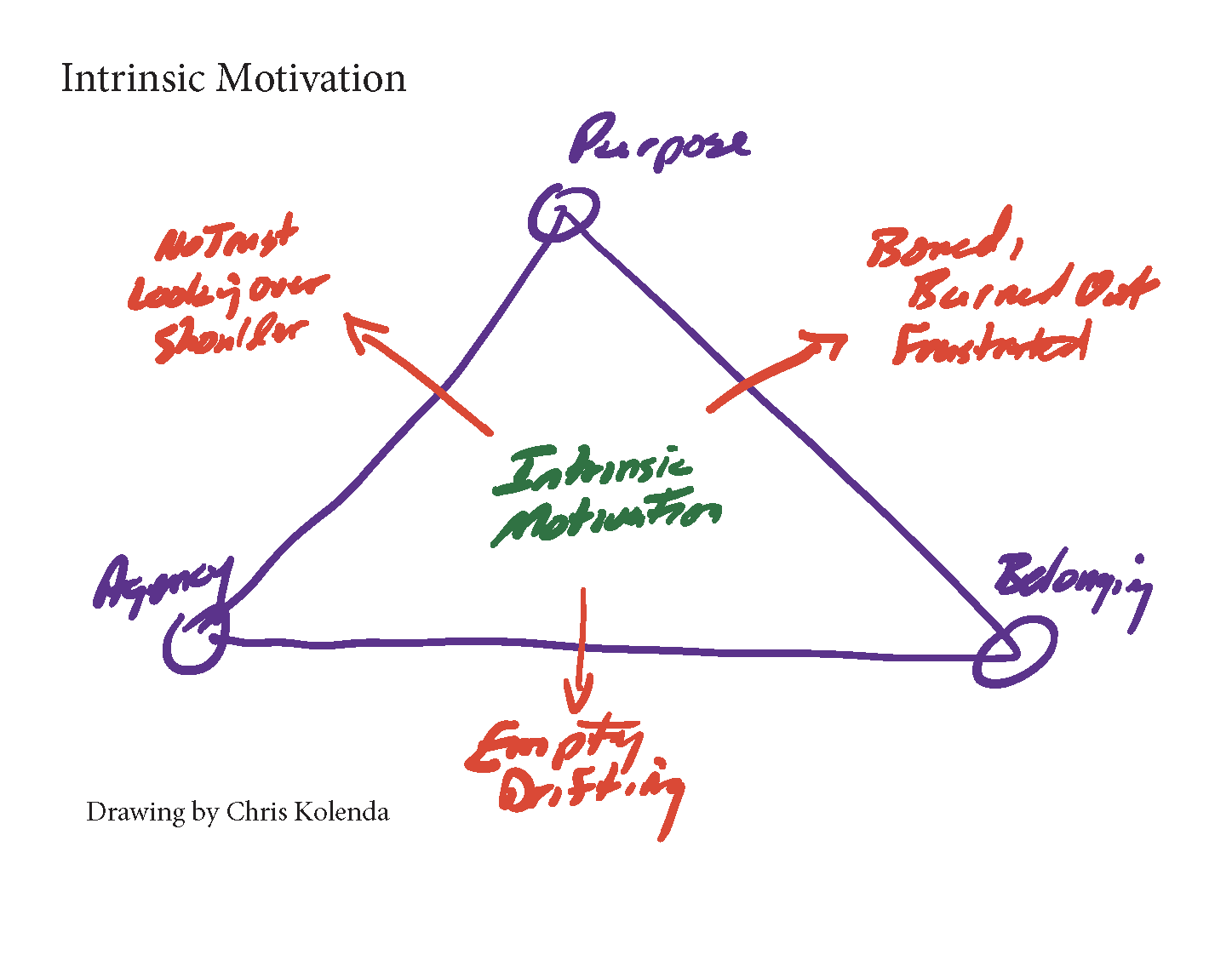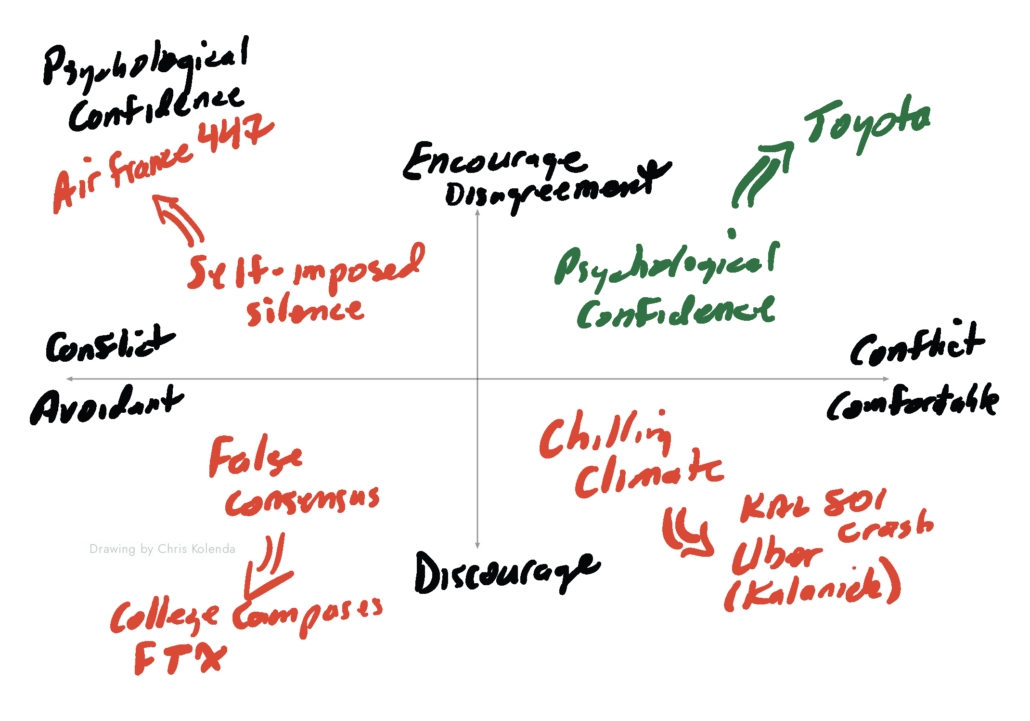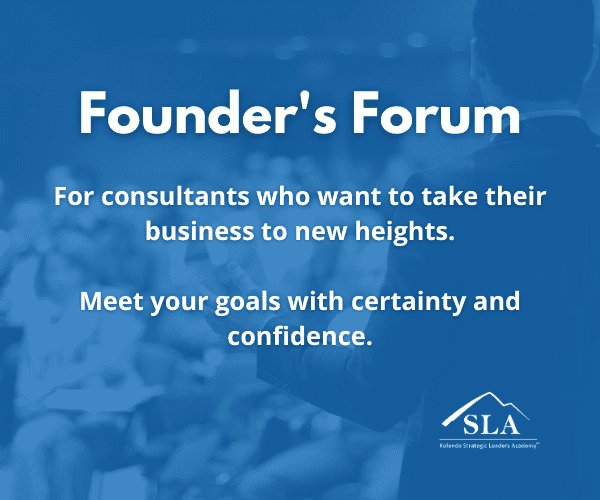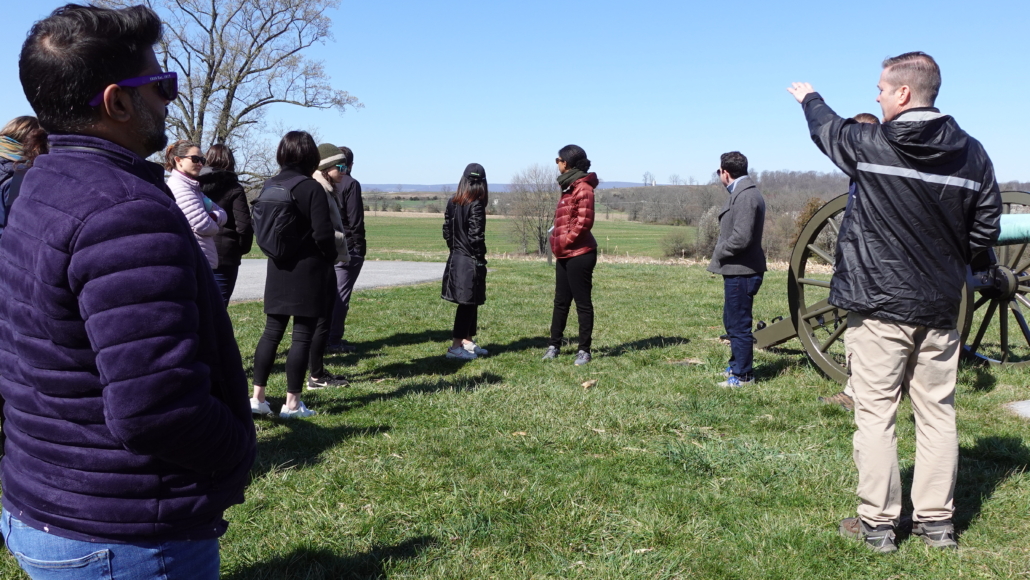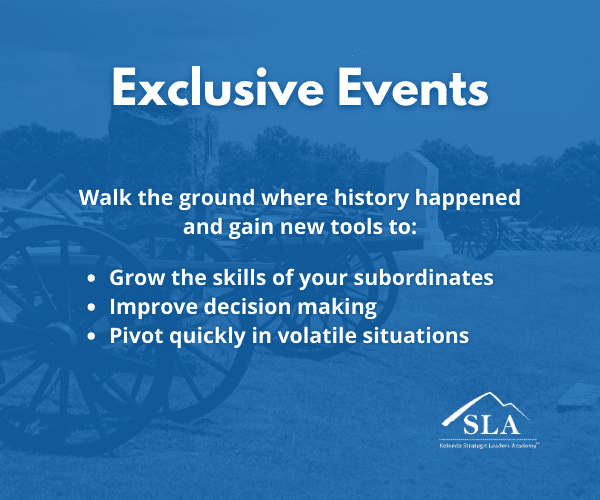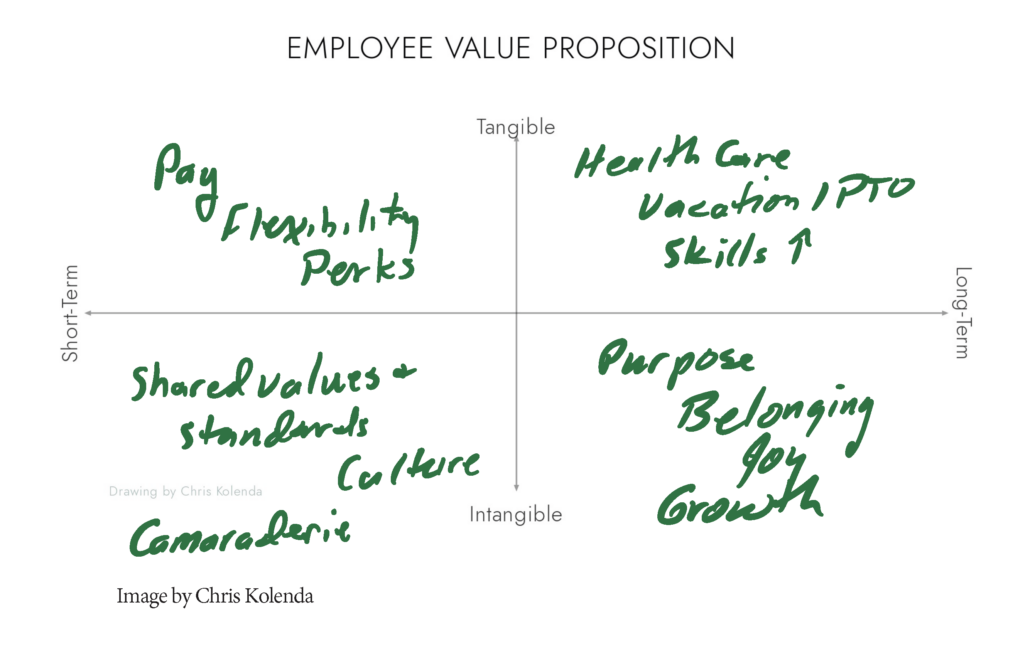Don’t Base Success on the Outcome
The Bucks and Bruins show why you should not fixate on outcomes.
You shouldn’t compete to win.
The teams with the best regular season records in basketball (Milwaukee Bucks) and hockey (Boston Bruins) lost in the first round of their respective playoffs. Not a single #1 seed in Men’s College basketball made it past the Sweet-16.
Are they failures?
I love Buck’s star Giannis Antetokounmpo’s answer to this question: these setbacks are steps to future success.
You compete to get better, not just to win.
WHY IT MATTERS: You cannot control outcomes in most sports or business because other factors are at play. Assessing a season or someone’s job performance based on outcomes makes you prone to mistakes.
When you judge success solely on outcomes, chances are you reward luck and punish excellence.
You can’t necessarily control outcomes, but you can control the processes you use. You are better off evaluating how and how well your subordinates executed their processes, and consider outcomes as a guide to whether your processes are sound.
This double-axis chart shows why.
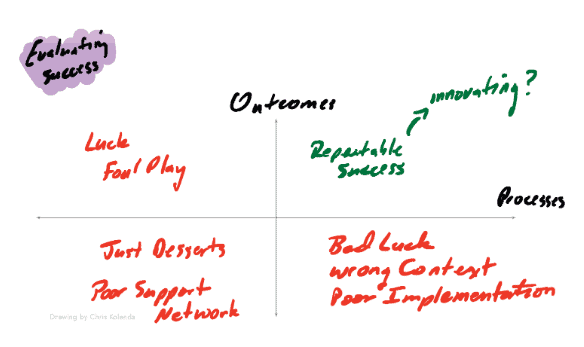
Plenty of people and organizations get good short-term outcomes despite faulty processes. WeWork and FTX are recent examples of luck, good timing, a rising tide lifting all boats.
When the tide went out, everyone saw they were skinny-dipping.
Bad processes and bad outcomes are like someone getting their just desserts. The leaders in these organizations tend to have poor support networks and follow bad decisions with stupid decisions.
The lower right quadrant is most interesting. You can have a good process but not get the outcomes that you want. Sometimes the cause is bad luck. A competitor made a smart move; a new technology arose; a pandemic hit; Jimmy Butler scored fifty points in game 4 and hit an improbable buzzer-beater in game 5.
You also might have a great process that does not work in your situation. When I was doing some work with the Cleveland Browns, one of the coaches told me that he worked at Army in the 1980s when I went to school. We went 2-9 my freshman year.
The head coach got the staff together and said, “this is our fault.” They were using a pro-style offense that worked in other places but not with service-academy athletes. They switched to a better talent-to-offense match, the wish-bone, and went 8-3-1 the next year.
You might also have some implementation challenges to address.
You’d be foolish to fire someone who executed the processes you approved simply because they did not achieve the outcomes you wanted.
The upper right seems like the happy place – good processes and good outcomes. The key here is to avoid complacency. Sears had good processes and good outcomes, so did Blockbuster and ToyRUs. They stopped innovating and are now out of business.
You might also have some implementation challenges to address.
You’d be foolish to fire someone who executed the processes you approved simply because they did not achieve the outcomes you wanted.
The upper right seems like the happy place – good processes and good outcomes. The key here is to avoid complacency. Sears had good processes and good outcomes, so did Blockbuster and ToyRUs. They stopped innovating and are now out of business.
Compete to get better instead of fixating on wins and losses.
Evaluate people on how well they execute what’s under their control and not on external factors they cannot.
Use outcomes to expose gaps and implementation failures in your processes; address those, and don’t overreact to bad luck.
What is your top takeaway from this article? Write a comment, DM me on LinkedIn, or email me at chris@strategicleadersacademy.com.
P.S. Golfers say that a double-bogey is a bad shot followed by a stupid one. The Bucks followed a bad playoff experience with a worse decision in firing their head coach, Mike Budenholzer.

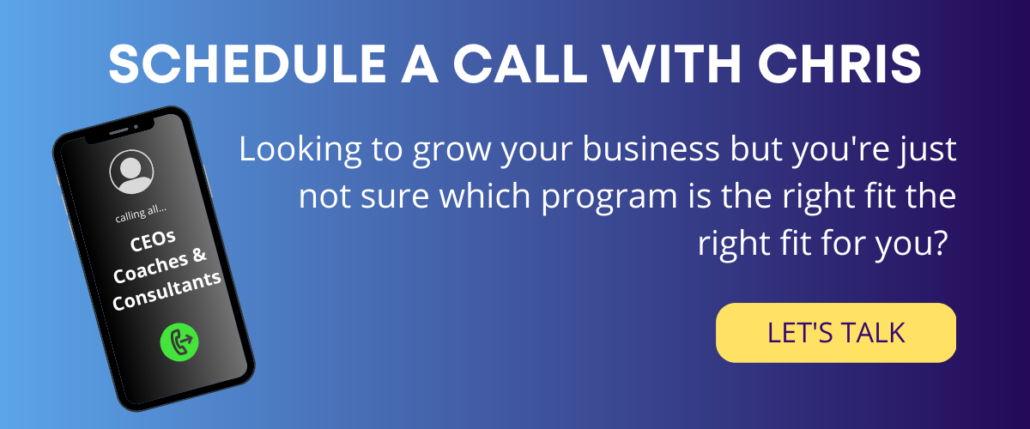
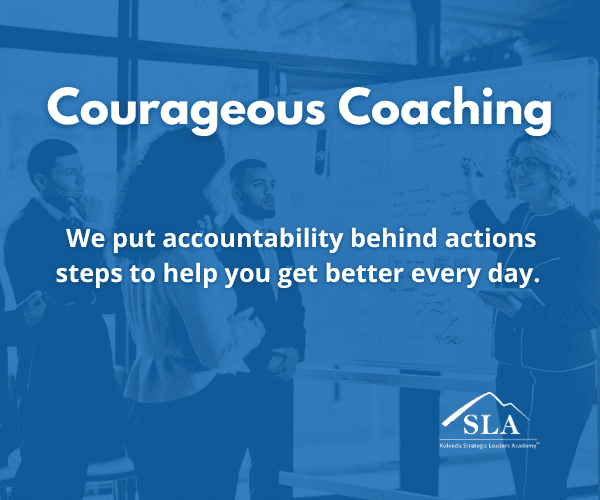
 pexels-kampus-production-8428051.jpg
pexels-kampus-production-8428051.jpg

